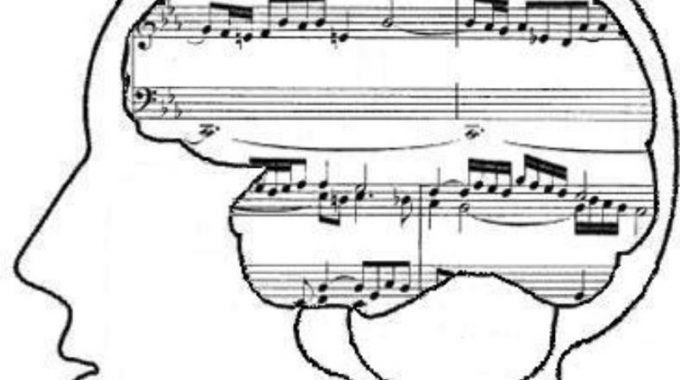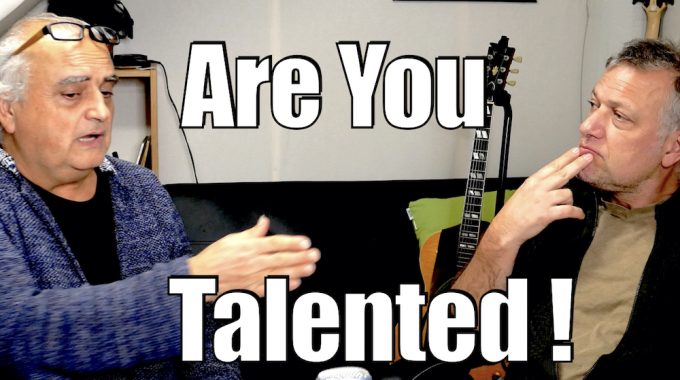Here are some valuable tips for individuals who struggle with memorizing music and experience anxiety…

Guitar Learning Solutions
Guitar Learning Solutions
Do you fit in this profile ?
Are you looking for solutions to any of the following guitar learning problems to play the guitar?
- So you know how to play some chords, you have learnt some phrases and licks from the internet, you have been playing for years, but still cannot make sense of where to go next.
- You have a song you love to play, and feel you want to say more with it, but you do not know how.
- You know a chord is not quite right, in the song, but do not know what other options you have to make it sound right.
- You have reached the stage that your C, D, Dm, G, and F chords do not do the trick anymore .
- You have read a lot of guitar theory books, but still cannot make sense of it.
- You would love to play with others, but you require skills on how to do it.
- You ponder on how other guitarists can make a C chord sound so good.
- You can play on your own, but cannot follow a song for its entire length on you tube.
- You can figure out, more or less a lick, but cannot figure out how to create your own.
- You hear some melodies in your head and would like to know how to turn those melodies into a song.
- You play in a band and you want to do more than just cover a song. You want to do play your own solo, grooves, riffs and make the song flow with your own emotion.
- You would like to play on your own, a pop song and play the lyrical line at the same time. How do you play chords and melody at the same time?
- You need to sound more bluesy but cannot figure out how.
These are some of the guitar learning problems my intermediate guitar students have. The guitar, at the early stages is fairly easy to learn, since we generally only learn some chords. But all intermediate students face some of the above concerns, when they want more out of their playing.
The guitar learning problems we face, can be a result of internet learning from other guitarists who may also be in the same loop.
The solution
The solution, to all the above is, to understand that when we play a song, we must know the melody, the structure and the chords. We must have all the necessary tools to achieve intense emotion both in our interpretation of the melody, or the accompaniment. And last, but not least, only if we have the melody present at all times in our head, we will be able to develop the structure efficiently.
If you can sing it, you can play it
The less we think about what we are playing, the more we will be able to perform. The more we are able to hear what is coming next, the more we will be able to enjoy it. No matter how many chords, scales, arpeggios, melody, licks we know, if we are not able to hear the underlining fabrics of the song, we will not be able to play efficiently.
All that you know must fall in sync with a chordal sequence, which in turn generally is the consequence of a melody.
We will not remember a song by only memorising the chords. We must be able to hear the melody of the song. In order to hear we must be able to sing. In our early stages, it is not necessary to sing in tune, but we must somehow have the concept in our head, if the sound is going up or down. The sooner we can, more or less, sing what we want to play, the sooner we will play with ease. No matter how much technique we persist on, if we are not able to hear what we wish to do, we will end up with possible anxiety, muscle cramps, boredom and intense frustration.
You must sync to a tempo
We hear and we remember because the music falls in relation to a time frame. All we play, on our guitar, has to fall in sync with a tempo, with-a time clock. We really do not have to think too much about what we want to do. Thus, the more we concentrate on the tempo, the easier it will become.
Memorise music and its emotion
We will be able le to memorise music, if we are able to understand consciously and classify the emotional intensity of the passage. We generally do not remember chords but remember the feeling they produce. For example, if you feel a chord with a lot of tension, it will be probably be a dominant.
Also, we all must be aware that chords do not create static emotional categories. When we play a chord, we must create a change in its intensity if not, it will sound boring.
Music make sense when it flows. In the same manner, in nature, water flows because of a difference in pressure, electricity flows between opposite polarities, winds are created by changes of pressure. Likewie, music comes alive, only we hear and portray these variations in pressure, in emotion or intensity.
All my intermediate and advance guitar lessons and courses, will get the guitar students on the right track, to pursue their goals.
Diversify in styles
In all the above, you will notice that I have not mentioned the concept of style. A style like jazz guitar, blues guitar, flamenco guitar is just a manner of how we organise the musical vocabulary together. All of the previous concepts are the same for all styles. Music is like a language. All languages express, communicate and serve the same purpose. What changes between different languages, is how the alphabet is put together and how we use it.
All musical styes share the same concepts of tempo, structure melody, chords and intensity. A style will become easy to learn, once we have all the previous issues resolved, as we then only have to identify the particularity of the style .
Blues, for example, is a structure where we generally try to make major chords sound minor. The more minor we make them sound, the more blues we get. And the more we move away harmonically from the resting point of the song, the more we will need to play more blues sound, so as to maintain the style
In all guitar lessons and courses I develop the fundamentals of learning to help identify the characteristic of each style.
Please refer to the following link to view my music production services and music production educational blog.



